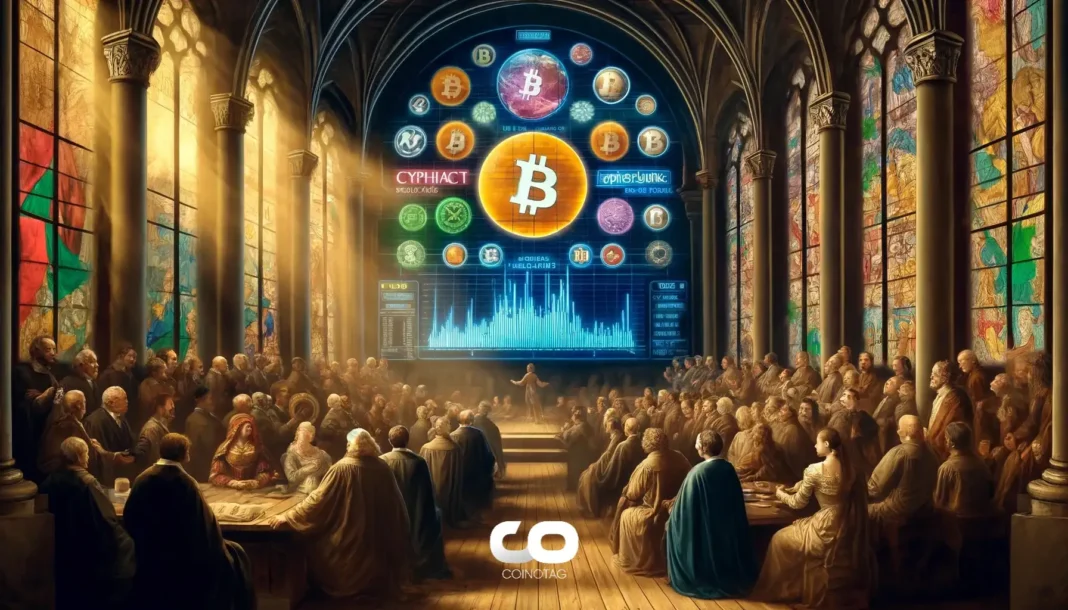The Shiba Inu burn rate has flipped positive, with on‑chain tracker Shibburn reporting a 440% one‑day increase; however, only 375,821 SHIB were removed in the last 24 hours, keeping overall deflationary impact modest amid sideways price action.
-
Shiba Inu burn rate climbed 440% in 24 hours
-
Only 375,821 SHIB were burned across four transactions, limiting supply impact.
-
Weekly burns fell 62.29% to ~3,047,331 SHIB; price remained largely sideways.
Shiba Inu burn rate turns positive; 440% daily rise but low volumes. Track SHIB burns and on‑chain trends now on COINOTAG.
What is the latest Shiba Inu burn rate update?
The Shiba Inu burn rate returned to positive territory after several days of decline, with tracker Shibburn reporting a 440% increase over the previous 24 hours. On‑chain records show 375,821 SHIB removed from circulation in four transactions, producing a modest net deflationary effect.
How many SHIB were burned in the last 24 hours and week?
Data shows exactly 375,821 SHIB were moved out of circulation across four separate burns in the past 24 hours. Weekly totals are lower compared with prior periods: about 3,047,331 SHIB were burned over the last seven days, a 62.29% decrease versus the previous week.
| Period | SHIB Burned | Percent Change |
|---|---|---|
| 24 hours | 375,821 SHIB | +440% |
| 7 days | 3,047,331 SHIB | -62.29% |
Why did the SHIB burn rate improve but remain low?
Front‑loaded on‑chain figures indicate an uptick in burn transactions but low absolute volumes. While percentage increases signal renewed burn activity, the small quantity removed means the overall supply impact is minimal.
On‑chain analysts attribute the limited deflationary effect to fewer large burn events and subdued retail activity. Shibburn (on‑chain tracker) provided the figures used in this report as plain text data for verification.
How is SHIB price reacting to the burn activity?
SHIB price has not shown a decisive breakout despite the burn rate improvement. The token declined 1.68% over 24 hours after a short‑lived surge the prior day, trading largely sideways as momentum faded.
Market participants remain watchful: some investors expect a push toward $0.0000138, while longer‑term supporters target $0.0001 as a psychological resistance level. These outlooks are speculative and should be weighed against on‑chain metrics and macro conditions.
Are whales affecting SHIB supply dynamics?
Whale accumulation has been observed in on‑chain transaction patterns, but concentrated wallet buys have not yet translated into sustained price rallies. The combination of intermittent burns and selective whale activity is keeping volatility elevated but directional moves muted.
How can traders monitor SHIB burn rate effectively?
Follow these clear steps to track Shiba Inu burn activity and assess potential market impact.
-
Use trusted on‑chain trackers (e.g., Shibburn as plain text source) to view daily and weekly burn totals.
-
Compare recent burn volumes with SHIB price movement to identify correlation or divergence.
-
Track large wallet transactions and accumulation patterns to anticipate supply concentration changes.
-
Assess percent change metrics (daily and weekly) to contextualize burn rate spikes versus absolute volume.
Frequently Asked Questions
How significant is a 440% increase in burn rate?
A 440% percentage increase indicates more burn activity than the prior 24 hours, but significance depends on absolute burned tokens. In this case, only 375,821 SHIB were destroyed, so the supply impact remains negligible.
Will SHIB reach $0.0001 after these burns?
Target prices such as $0.0001 remain speculative. While burns can support scarcity, price moves require sustained demand, larger burns, or major market catalysts to validate such targets.
Key Takeaways
- Burn rate flipped positive: Shiba Inu burn rate rose 440% in 24 hours, per Shibburn data.
- Low absolute impact: Only 375,821 SHIB were burned across four transactions, limiting supply compression.
- Price remains sideways: SHIB traded down 1.68% over 24 hours; momentum has not resumed a clear uptrend.
Conclusion
The Shiba Inu burn rate has returned to positive territory, but low burned volumes mean the immediate deflationary influence is modest. Continue monitoring daily and weekly burn figures alongside on‑chain wallet flows to gauge whether improved SHIB burn rates translate into meaningful market moves. For ongoing coverage, COINOTAG will update on new burn events and price developments.





